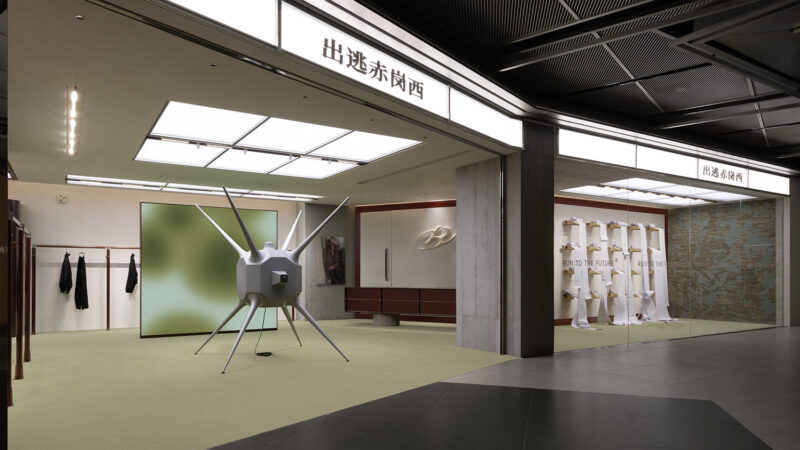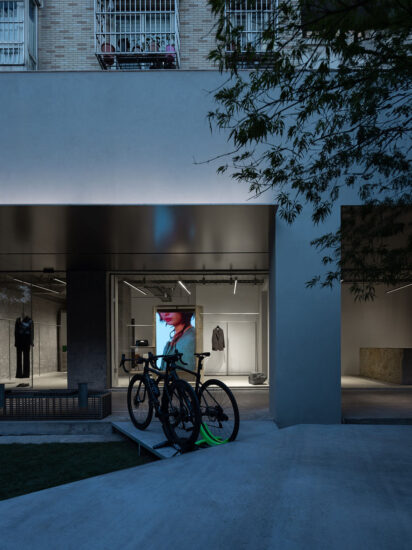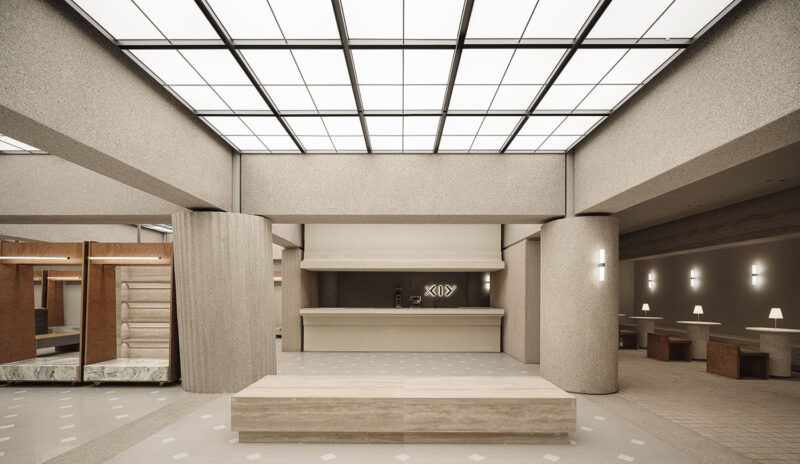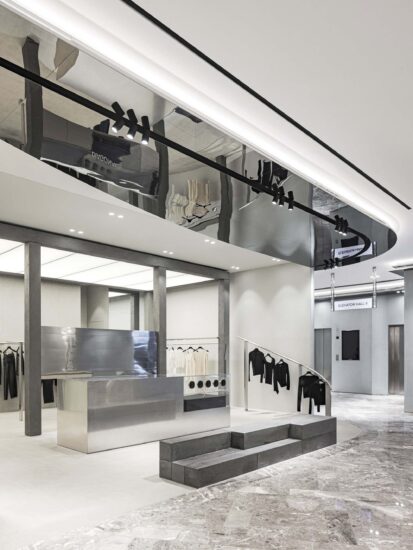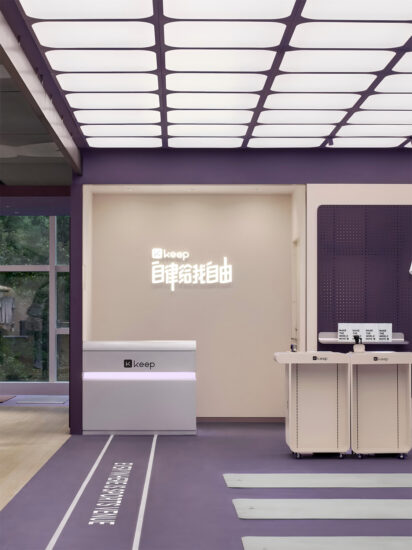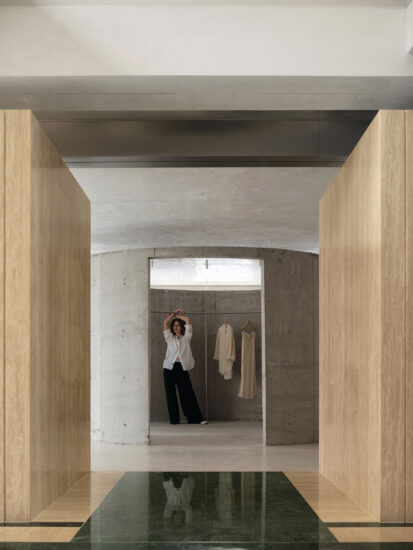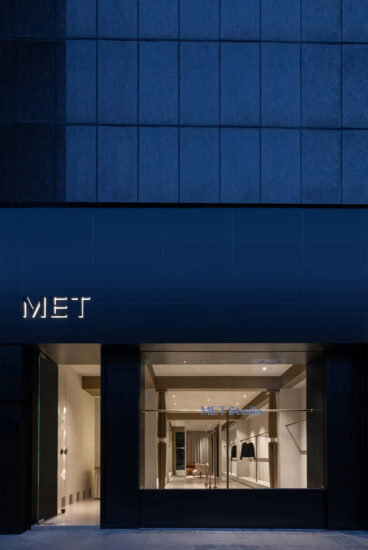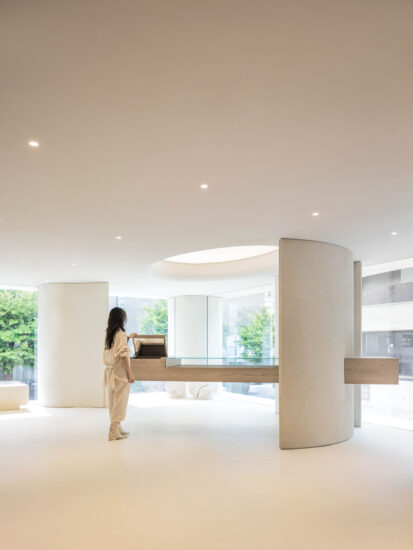竹林深处的集合店
In the Depths of the Bamboo Grove: A Collective Store
设计一个能够体现江南布衣品牌美学的空间,确实是一个挑战,它要求设计师不仅要深刻理解品牌的核心价值和审美理念,还要将这些抽象的概念转化为具体的空间设计元素。以下是成都万象城江南布衣+的设计策略,旨在捕捉江南布衣的美学调性,并确保空间的在地性:
Designing a space that embodies the brand aesthetics of JNBY is indeed a challenge. It requires the designer not only understand the brand’s DNA and aesthetic concepts but also to transform these abstract notions into concrete spatial design elements. The following are the design strategies for the JNBY+ store in Chengdu MixC, aimed at capturing the aesthetic tone of JNBY and localization:
品牌DNA的延续
Continuation of Brand DNA
天目里作为品牌的总部,天目里的建筑理念已成为品牌DNA的一部分,在成都延续这个DNA,通过细腻的略带孔洞的水泥饰面,简洁的设计语言,寓意阳光的发光顶棚,致敬了Renzo Piano。
As the headquarters of the brand, the architectural concept of OōEli has become a part of the brand’s DNA. In Chengdu, this DNA is continued through delicate cement finishes with subtle holes, minimum design language, and a luminous ceiling to symbolizing sunlight, salute to Renzo Piano.
地方文化的融合
Combination of Local Culture
成都以竹闻名,竹以建筑材料,器物,小物件等各种形式出现,看似普通的材质,其实是这座城市的历史和传统的浓缩。竹子因其快速生长的特性,并没有木材那种有特色的纹理,本项目中试用的压制竹材,因为多层压制,使材料有一种特殊的纹理,这何尝不是犹如服装的面料,即使是棉制品,通过特殊的纺织工艺,使其具有特殊的肌理。这些竹子再加工的材料成为了门店里面所有活动家具部分的基础材料,配合做旧的金属,随着门店使用时间的增长,这些材料也会充满岁月感。
Chengdu is famous for its bamboo, which appears in various forms such as building materials, utensils, and small objects. This seemingly ordinary material is actually a concentration of the city’s history and tradition. Bamboo, due to its rapid growth, does not have the distinctive texture as wood. The compressed bamboo material used in this project has a special texture because of the multi-layer compression, which is similar to the fabric of clothing. Even cotton products, through special spin processes, can have a unique texture. These compressed bamboo materials have become the basic materials for all movable furniture in the store, complemented by aged metal. As the store ages, these materials will also be filled with a sense of time.
此处内容需要权限查看
会员免费查看





